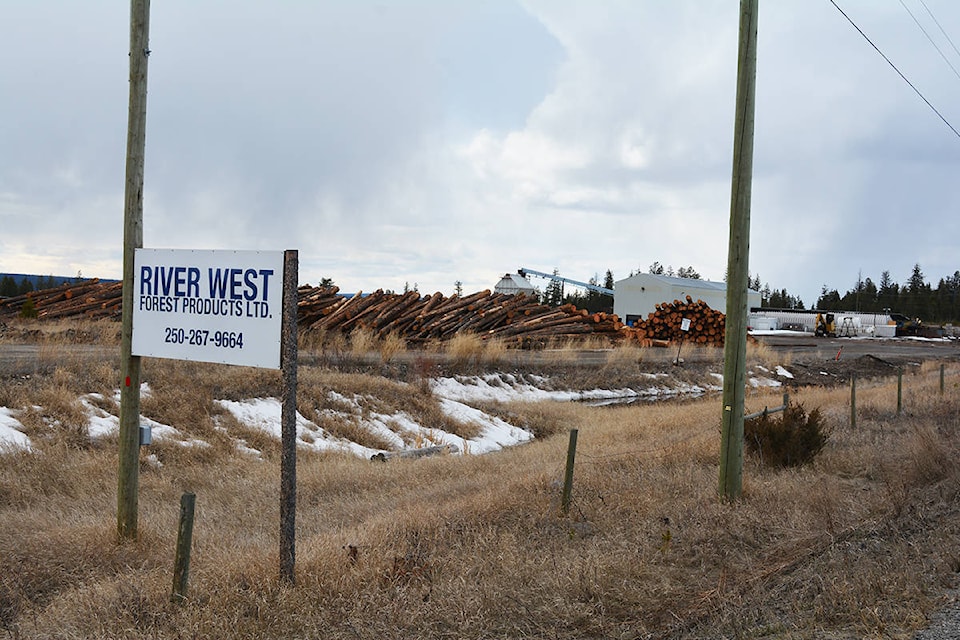A large scale solar power plant proposed for west of Williams Lake will be the first Aboriginal-owned of its kind in Western Canada.
In March BC Hydro announced it has agreed to pursue power purchase agreement negotiations with the Tsilhqot’in National Government (TNG) for Tsilhqot’in Solar — a one megawatt solar power project — slated at the Riverwest Sawmill site on Highway 20 near Hanceville.
Yunesit’in First Nation Chief and TNG vice-chair Russell Myers Ross said the TNG and his community have been raising the majority of the money for the project.
“The Bank of Montreal is assisting with the rest of the loan to finance the construction which should begin in the summer months,” Myers Ross said, noting the intent is to begin purchasing equipment for the project in the spring.
“We don’t have the whole plan complete, but we intend to have training for local community members to benefit from job opportunities.”
The power is equivalent to producing power to about 180 homes, he added.
“I think it will help the region in stabilizing the power by strengthening the line.”
Aside from the project with the TNG, BC Hydro announced recently it is planning negotiations with four other First Nations clean energy projects.
The five projects were selected because they are part of Impact Benefit Agreements with BC Hydro and/or mature projects that have significant First Nations involvement, said Chris O’Riley, President and Chief Operating Officer, BC Hydro.
“Through the Standing Offer and Micro Standing Offer programs, we’ve seen the development of small-scale renewable energy projects, including solar, wind, and biomass throughout the province,” O’Riley said.
The projects contributed more than 300 gigawatt hours of clean energy to BC Hydro’s system in 2016, O’Riley noted.
“The five latest projects demonstrate our commitment to creating opportunities for Indigenous groups in B.C.”
The TNG has several expectations for the project, said tribal chair Chief Joe Alphonse.
“Since having our Aboriginal title recognized, we have been looking for diverse opportunities within our territory.”
The development and operation of the solar farm will be useful not only for the area, but also bring employment and training for the entire Nation, he added.
“As a Nation we have always said that to do business with us you need to come through our doors and sit at the table in a meaningful way,” Alphonse said.” The solar farm is a great example of that.”
Expected outcomes from the TSF include the generation of clean energy, redevelopment of the closed sawmill and adjacent brownfield site.
- With the files from the Tsilhqot’in National Government.
Correction: In the previous version of this story, it said “former” Riverwest site. That has been corrected as the site is currently a fluent company that bids and logs timber sales.
